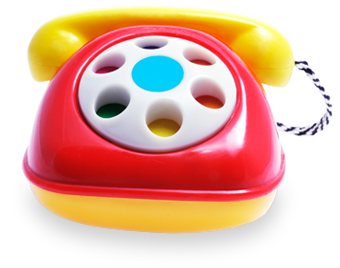Internationally Recognized Experts
Duke is one of only a handful of eye centers in the U.S. with internationally recognized experts who provide comprehensive care to children with glaucoma. Our board-certified, fellowship-trained glaucoma specialists and pediatric ophthalmologists travel internationally to lecture and teach courses on treating and managing childhood glaucoma. Our extensive experience and knowledge mean your child is cared for by some of the nation’s most respected glaucoma specialists.
A Team Approach
Caring for children with glaucoma often requires a long-term team effort involving ophthalmologists, pediatricians, visual rehabilitation experts, social workers, and other therapists. Glaucoma in children can affect other parts of the eye and cause vision loss from amblyopia, corneal scarring, and strabismus. Our team specializes in treating these and other eye conditions in children.
Latest Treatment Advances
We use the latest effective medical and surgical treatments to control glaucoma in children and to manage other eye disorders often associated with childhood glaucoma.
Powerful Imaging Devices
Our advanced imaging technologies include handheld optical coherence tomography (OCT) for evaluating optic nerve health in infants and young children in both the office and hospital settings. Researchers in Duke’s Pediatric Retina and Optic Nerve Imaging Center are pioneering new uses for this noninvasive technology, including caring for premature infants with eye disorders. We are also exploring new ways to make it easier to track peripheral vision loss in at-risk infants and children.
Compassionate, Supportive Environment
We offer patient and family support services, including educational materials and programs, a vision rehabilitation program, and a dedicated social worker to help your entire family cope with the management of your child’s glaucoma.
Dedicated Surgical Suite
Our skilled surgeons work closely with anesthesiologists and surgical nurses who are trained and experienced in caring for children with eye conditions. We are expertly equipped to treat complex and multiple eye problems, including retinal and corneal diseases.
Promising Research
We are studying advances in the diagnosis and treatment of childhood glaucoma using existing therapies. We also collaborate with specialists at Duke and apply new technologies to the care of children with childhood glaucoma as soon as they are shown to be safe and effective.

